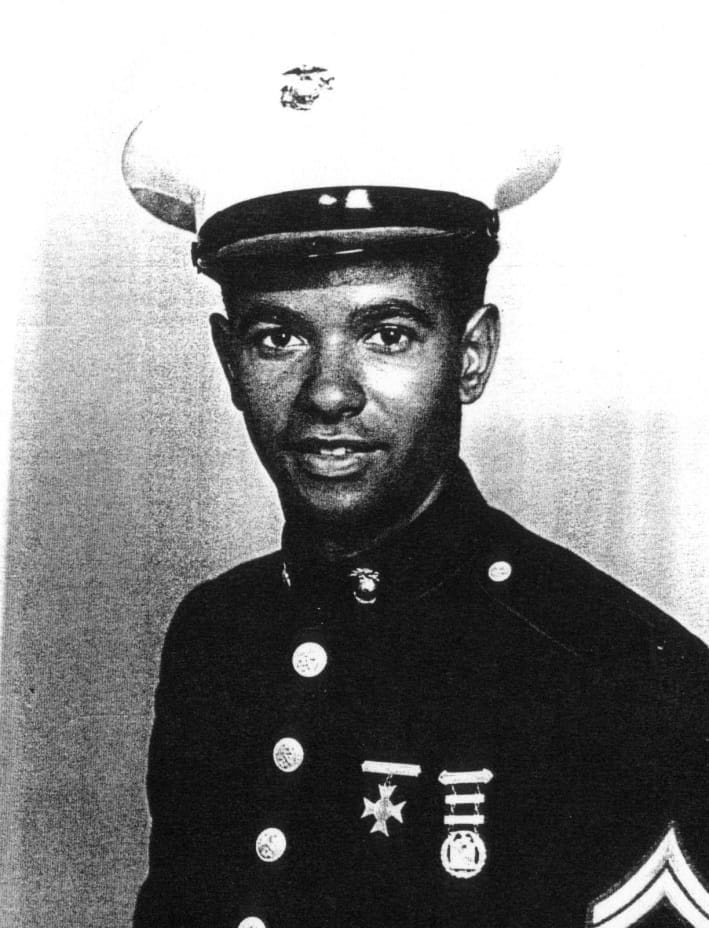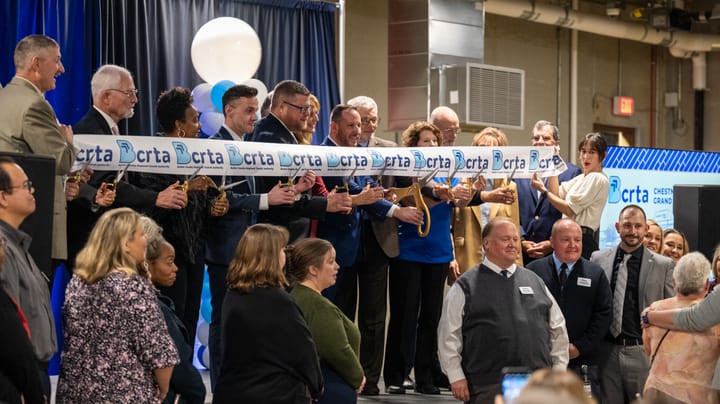Local Legends: Rockin’ Rocco
Maurice Rocco , born Maurice John Rockhold, started making money as a pianist in Oxford at just 9 years old. It marked the start of a lifelong career in swing music that led him around the globe.

The name Maurice John Rockhold didn’t fit the vibe for an internationally recognized boogie-woogie pianist in the Swing Era, but Maurice Rocco did.
Rocco was born on April 26, 1916, according to his birth certificate, though some records record other birth dates. He was the son of John Rockhold, a butcher by trade, and Ruby May (Pace) Rockhold, a homemaker and movie house pianist. The family appears to have moved relatively frequently around the time of his birth and by 1920 were living on Morning Sun Road in Oxford Township just outside of Oxford.
The family eventually settled on Sycamore Street on the north edge of town where Rocco grew up. Oxford’s Black community was heavily concentrated in that area, which was commonly referred to as “The Bottoms,” and Rocco later owned four lots in the Homestead subdivision there.
Rocco attended Oxford Public Schools and Stewart High School, where he got an early introduction to being a professional musician. He played for school events and was making money playing his piano by the age of 9 years old. Faculty of the school supported Rocco’s interest, with one educator, John Milholland, notably allowing Rocco to use the school’s auditorium for practice at lunch time.
Sometimes partnering with his brother Ohmer Rockhold, Rocco participated in several music organizations at Stewart, arranging music for school events and performing for school dances. He also entertained at fraternity and sorority parties, house parties, and played dances for Black high school students who were barred from attending school-sponsored dances.
It was really with jazz and boogie-woogie music that Rocco found his vocation. One student recalled in an Oxford Press article that Rocco “had a flair for the dramatic and loved the spotlight and applause from the audience with the ardor of a veteran stage performer.” The student went on to describe Rocco, who was known as “Mooch” in his younger years, doing impersonations of popular celebrities at the time, including Mae West.
As for his piano playing, he was known for never using a bench, standing at the piano and wildly playing with an improvised style and dramatic showmanship. Without Maurice Rocco, there would arguably never have been a Little Richard or Jerry Lee Lewis.
His natural talent and piano skill, originally taught to him by his mother, quickly escalated Rocco to a regional level. Rocco played for the radio station WKBK out of Richmond, Indiana starting in 1932 and within two years had a regular program for the station.
Clarence Roberts acted as Rocco’s booking agent and got him gigs in Cincinnati at the Lookout House and at other area nightclubs and theaters. He also played in Cincinnati with Noble Sissle according to one newspaper account.
At some point in the late 1930s, Rocco decided to risk it all and hopped a Baltimore & Ohio freight train, eventually making his way to Chicago. Alternatively, it may have been Sissle that made the necessary introductions that took Rocco to Chicago. Like much of his life, there is no clear picture of how his move to Chicago transpired.
Another of the gray stories of his life concerns how he adopted his new name. One story contends Duke Ellington told him to change it. Although Duke Ellington did take Rocco under his wing in Chicago, the published use of “Maurice Rocco” in a 1935 Hamilton Daily News Journal article seems to contradict that story. He later legally changed his name.
It didn’t take long for his career to take off after his move, especially with Duke Ellington’s backing. His playing was featured in a pair of movies, “Vogues of 38” and “52nd Street” in 1937.
In New York City, Rocco formed his own band called “Maurice Rocco and his Rockin’ Rhythm.” He headlined several theaters and nightclubs in New York both with his band and as a solo act, including the Cafe Zanzibar, Le Ruban Bleu and the Roxy Theater.
In the late 1930s and 1940s, Rocco released albums and soundies, 3-minute short movies with audio, and performed in three more Hollywood movies, Incendiary Blonde, Duffy’s Tavern, and Springtime Jamboree.
On July 3, 1945, Rocco married Iantha Rocco, though they divorced within a year. Based on another newspaper account, Rocco may have been married a second time while in Europe to a racecar driver who died in a crash, though this is unverified. By the end of his life, Rocco was openly gay.
The mid-1940s had been the pinnacle of the Swing Era, however, as it faded, so did Rocco’s career. He first moved to Europe, around 1948, but by the late 1950s was back in the United States and facing legal trouble over passing bad checks.
Rocco headed to the Far East, first to Hong Kong before eventually landing in Thailand, sometime around 1960. There Rocco had a residency at the Bamboo Bar at the Oriental Hotel.
Rocco was found murdered, with a wound to his neck, in his apartment on March 24, 1976. A Malaysian Kris that Rocco owned was identified as the murder weapon, and two unidentified males were seen leaving his apartment. However, local law enforcement had no leads.
Dr. Louis Rodabaugh paid for Rocco’s cremated remains to be returned to Oxford, which was not a small endeavor given the cost and legal barriers to do so. A collection was started in Oxford to reimburse Dr. Rodabaugh part of the expense, an effort supported by the local NAACP and several other individuals and organizations.
Rocco was buried in Woodside Cemetery in an unmarked grave near his parents on April 17, 1976 following a service at Bethel A.M.E.
Brad Spurlock is the manager of the Smith Library of Regional History and Cummins Local History Room, Lane Libraries. A certified archivist, Brad has over a decade of experience working with local history, maintaining archival collections and collaborating on community history projects.



